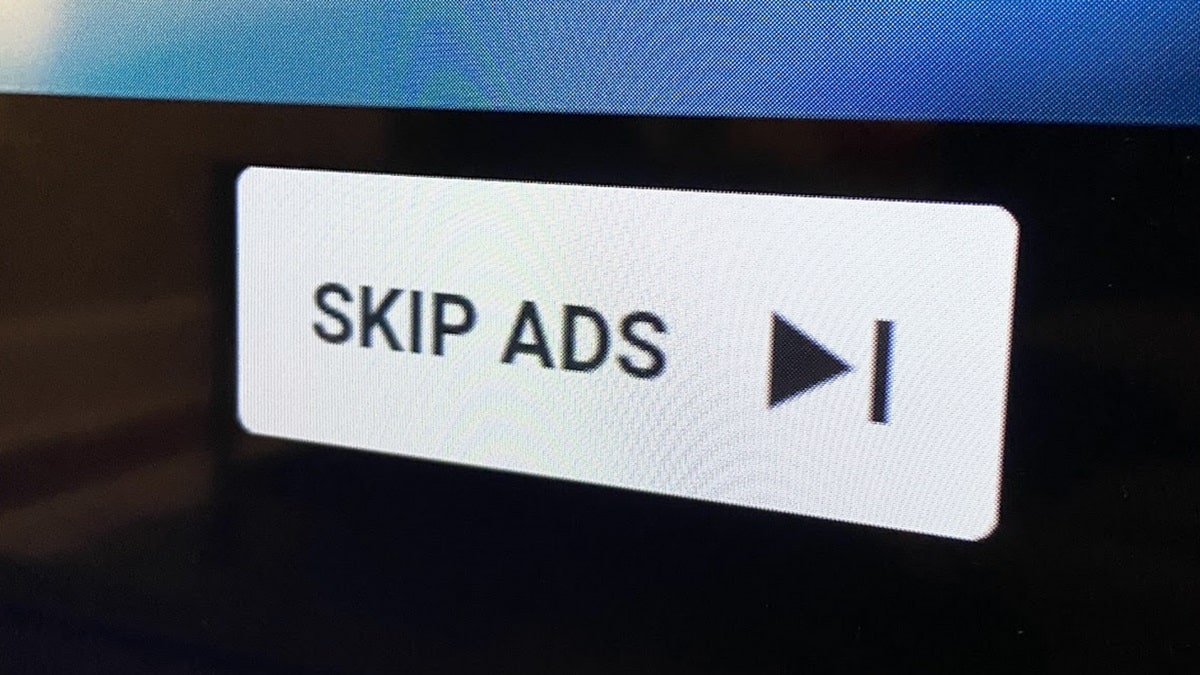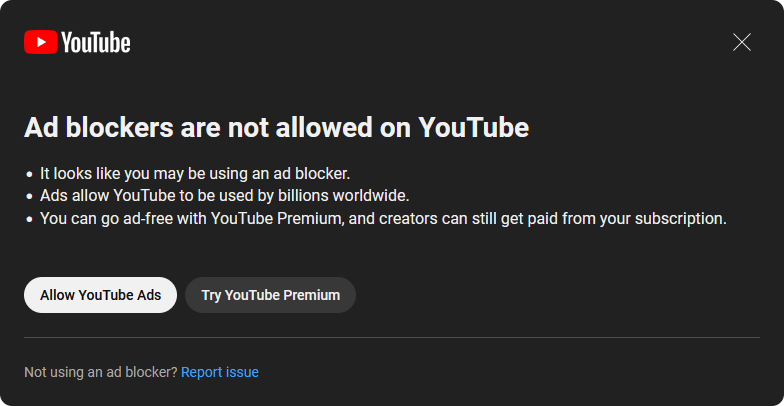If you are fed with increased advertising on YouTube recently, then you are not alone. Everyone is wondering what is happening with YouTube ads, and everybody is using AdBlock to overcome it.
In recent years, YouTube has become the go-to platform for watching videos. With its massive user base and vast collection of content, it’s no wonder that advertisers are also flocking to the platform.
However, it seems that YouTube is going too far with ads.

Users are being bombarded with an overwhelming amount of advertisements, and it’s starting to take away from the overall viewing experience. In this article, we will explore the extent to which YouTube has gone with ads and the impact it has on users.
YouTube’s overkill on ads.
When you visit YouTube, it’s almost impossible to escape ads.
From the moment you click on a video, you’re greeted with a pre-roll ad that can last anywhere from a few seconds to a minute. And that’s just the beginning. Mid-roll ads have also become more prevalent, interrupting the videos you’re trying to watch. Not to mention the ads that appear at the end of a video, just when you thought you were finally done with them. Looks like they are breaking the same rule what they use to impose on AdSense users, don’t overdo the advertising.
The impact on user experience.
YouTube’s excessive use of ads has a negative impact on user experience. I am remembering those days when YouTube was showing one ad between videos or small banner bottom of video. Golden days!
Users visit the platform to watch videos and be entertained, not to be bombarded with advertisements at every turn. The constant interruptions and delays caused by ads disrupt the flow of the content and can be incredibly frustrating. It takes away from the immersive experience that YouTube once provided.
Still the people are using YouTube with bombardment of ads as there is no good alternative to it. But users started using ad-blockers to eliminate the concept of advertising all together.
The rise of ad-blockers and YouTube’s tough action now.
With the growing frustration over YouTube’s excessive advertisements, many users have turned to use ad-blockers. These browser extensions and software block ads from appearing on websites, including YouTube. Ad-blockers have gained popularity as users seek ways to enhance their viewing experience by eliminating distractions. However, this popularity has led to a significant loss in revenue for content creators who rely on ads for income. But excessive of ads also not the solution.
Even I too use ad blockers on my computers and laptops to avoid those unstoppable ads and whitelists only good websites that show only limited amount of ads. Only mobiles and tabs don’t have blockers.
But recently…
YouTube just killed all the ad-blockers.
By banning the ad blocker itself by disabling their own platform from blocking ads.

This is where YouTube is going too far with ads. As of now not everyone is seeing this issue as YouTube will roll out this soon to everyone worldwide, that day ad blockers won’t work, unless ad-blockers come with some other solution to crack down YouTube’s this feature again.
The balance between revenue and user experience.
While ads are an essential source of revenue for YouTube and content creators, there needs to be a balance between generating income and providing a satisfactory user experience.
YouTube should consider reducing the number and frequency of ads to alleviate user frustration. But at the same time, ad-blockers should block only bad ads. The practice of taking payments from companies to whitelist only their ads should halt, it is unethical and morally wrong.
It’s crucial to find a middle ground that allows for monetization without compromising the platform’s appeal to users. Showing unlimited ads doesn’t work well for the long run.
Alternative revenue streams.
In addition to ads, YouTube could explore alternative revenue streams that are less intrusive to users.
One potential option is the implementation of a subscription-based model. Users could pay a monthly fee (that too affordable) to access ad-free content, similar to platforms like Netflix. This would provide a more tailored and uninterrupted viewing experience for those willing to invest in it.
The future of YouTube’s advertising strategy.
As YouTube continues to evolve, it’s essential for the platform to adapt its advertising strategy to keep up with user demands. Finding innovative ways to deliver ads without disrupting the viewing experience should be a priority. Whether it’s through more targeted ads or interactive formats, YouTube needs to find a balance that satisfies both users and advertisers.
Conclusion.
YouTube’s excessive use of ads has begun to negatively impact user experience.
The constant interruptions and delays caused by ads are frustrating for viewers who visit the platform to watch videos and be entertained. As users turn to ad-blockers as a solution, content creators face a decline in revenue. It’s crucial for YouTube to find a right balance between generating income and providing a satisfactory viewing experience.
By exploring alternative revenue streams and adapting their advertising strategy, YouTube can ensure a more enjoyable experience for users while still supporting content creators.
Leave a Reply